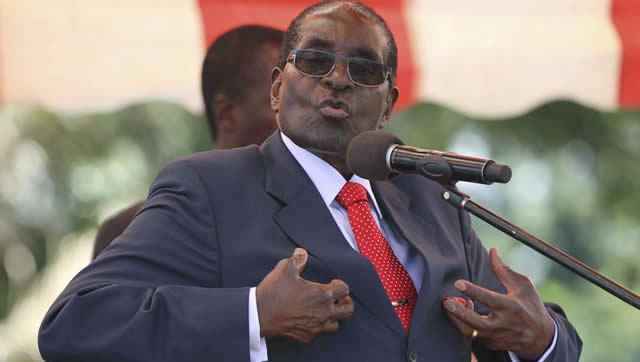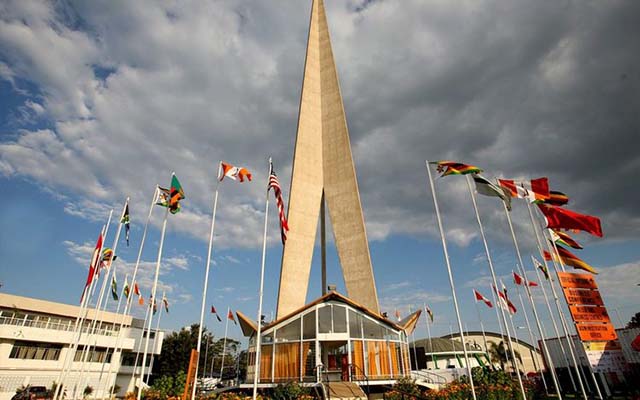Mining firms mull direct power imports

Golden Sibanda Senior Business Reporter
MINING companies are in the process of putting together a proposal for a $20 million financing facility from local banks for direct power imports from the region, The Herald Business has learnt.
According to a confidential document seen by The Herald Business, mining companies through their lobby group, Chamber of Mines of Zimbabwe (COMZ), have already started consulting the banks and among themselves with regard to the plan. This comes as power utility, ZESA Holdings, is struggling to make foreign payments for imports due to shortage of hard currency in the country.
Zimbabwe, which scrapped its local currency due to hyperinflation in 2009, uses a basket of currencies largely dominated by the greenback. ZESA imports power from Hydro Cahorra Bassa of Mozambique, Lusemfwa in Zambia and South Africa’s Eskom to augment local production of about 1 100 megawatts against peak demand for power of 1 400MW.
“A number of banks have shown interest in supporting the initiative. ZB bank has already requested the information that will allow them to assess the applicable interest charges,” said CoMZ in a letter to mining houses dated February 3, 2017 and signed by the chamber’s chief executive, Isaac Kwesu.
CoMZ asked interested members to submit details that include name of mine, current ZESA bill, projected annual bill and aggregate requirement for the facility sought from the banks. The funding facility would enable the mining companies to pay for electricity in advance, guaranteeing them uninterrupted supply of power. Mining companies have always had arrangements with ZESA to ensure consistent supply.
Only recently, platinum miners and ferrochrome producers reached an agreement with power utility Zesa to prepay for power directly from regional suppliers amid the foreign exchange shortages.
ZESA chief executive Joshua Chifamba is on record saying the arrangement with ferrochrome and platinum producers will continue “as long as the foreign currency challenge remains as it is now”.
Zimbabwe buys power from Zambia’s Lusemfwa, South Africa’s Eskom and Mozambique’s Cahora Bassa hydropower plant. ZESA can get up to 100MW from Mozambique, 50MW from Zambia and between zero and 300MW from Eskom, depending on availability since South Africa is also battling a severe deficit.
Zimbabwe is unable to produce adequate power as its biggest installation, Hwange Power Station, installed in the early to mid 80s, has outlived its lifespan and has had numerous refurbishments in an attempt to prop up its capacity. Despite, the refurbishments, the plant can only produce half its design capacity of 920MW.
Government is in the process of expanding power generation at 750MW capacity Kariba South in a $533 million extension project as well as increasing output at Hwange by a further 600MW. Sino Hydro of China won both tenders from ZESA.
Electricity production from the Kariba hydro power plant has fallen after reservoir levels dropped to their lowest in decades following a drought last year, although output has risen markedly, but still below capacity, on higher lake inflows. Government has designated mining, which accounts for about 16 percent of gross domestic product, as the engine for short to medium term growth.










Comments